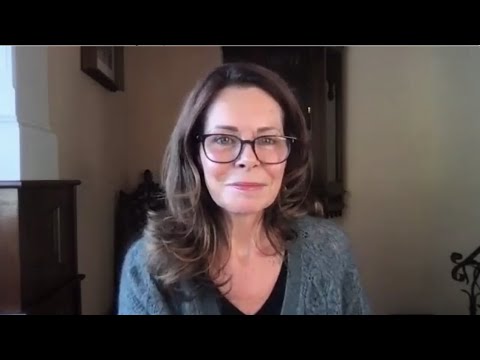Grounding
Grounding is a calming practice to reconnect and feel present in our body, strong and balanced on the earth.
- Once we learn how to re-ground ourselves, we become less likely to get stuck in overwhelm and anxiousness.
- A grounded person is more present and calm, which feels safer and co-regulating to others.
- Grounding prepares us for inspired action by calming anxiety and over-excitement. Once grounded, we can boost confidence while maintaining stability.
Is Gravity Working?
Ask yourself, “Is gravity working?” — and let your body answer. This isn’t an intellectual question. It is a question for your bones, your tissues, and your blood.
If you’re sitting, answer the question by allowing gravity to pull you deeper into the chair. If standing, shift your weight forward/back and side-to-side… feeling the pull of the earth.
Allow gravity to work to pull your shoulders down. (When we’re ungrounded, we can “float up,” and our shoulder can rise towards our ears.) Relax your jaw enough that gravity can gently unwind the tension found there.
Feel gravity work in your skeleton. Muscles. Fascia. Consciously let go of a bit of your resistance, feel slightly heavier… and answer “Yes! Gravity is working! Thank goodness!”
I’m Safe Right Here, Right Now
Our primitive brain ungrounds us. It can take us back to the past or an imagined future while making it feel like the threat is here and now.
Open your eyes and look around. Any lions, tigers, or bears? Is the chair on fire? No.
Let your body see and know by looking around (expanding your visual field). Even look behind you or underneath furniture. This is using our eyes to reassert that we don’t need to flee, fight, or freeze right here.
Continue to spatially orient yourself. Is the space hot or cold? What is the texture of where you are sitting or what you are wearing? Give your knees or shoulders a squeeze and allow yourself to feel it. This helps you come back into your body.
Grounding is a helpful skill when we’re processing trauma and fears. Practice it at times when you’re “just a little” disconnected or checked out. Then, when triggered or in a more intense emotional state, your body guidance can remind you more easily to ground. Because it both feels better and is more resourceful!
Useful Questions
- Am I feeling in my body… or am I more fuzzy or dissociated?
- What would support my body in feeling safer? Warm food? Drink of water? Sitting on the earth?
- Is gravity working? How can I let my body feel that?
- How would it feel if I was deeply rooted, like a tree in fertile soil?
Resources
- Grounding Exercises - Audio and PDF
- Trauma Relief: From Scared and Timid to Calm and Confident - Real Skills Workshop
Related Concepts
Calm and Confident, Co-Regulation, Overwhelm, Powerful Pause
Links
- Discuss Grounding in the Community Center
- Share this link to the Concept of Grounding: https://www.thrivingnow.com/concept/grounding



